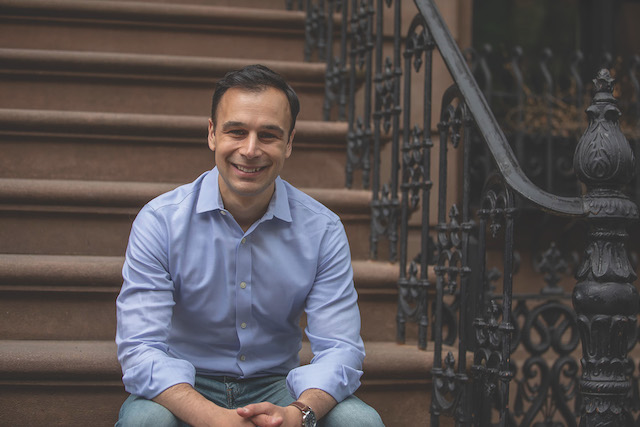
BY HARRISON MARKS| Recently, the Rent Guidelines Board (RGB) voted to increase rents for rent-stabilized tenants by 3.25% for 1-year leases and by 5% in 2-year leases. That doesn’t sound so stable to me. As a candidate running to represent thousands of rent-stabilized tenants in the 75th Assembly District on the west side of Manhattan, I’m compelled to speak out about what rising housing costs are doing to our neighborhood.
At the micro level, the cost of housing is making it nearly impossible for people–especially families–to live in New York, unless they receive some form of government support or make seven-figure salaries. The impact of that dynamic on our neighborhood’s diversity and character is easy to see. And at the macro level, things are no less dire: Limited housing supply has been shown to shut out diverse communities from the unique economic opportunities presented by urban centers, leading to a range of undesirable social outcomes.
So what can we do about our current housing crisis? There are two major elements to the solution: We must enact greater tenant protections in the near-term, and then we must create more housing in the longer-term. The clearest path to protecting tenants is by passing Good Cause Eviction. Now. By increasing protections for tenants and capping rent increases, Good Cause Eviction will work to prevent housing insecurity for renters even if they aren’t in rent-stabilized units. Our state legislature failed this session to pass the measure, but the support is there. I have experience working and listening to broad sets of stakeholders, and I believe that if elected to the Assembly, I could help get this bill over the finish line.
In order to further protect tenants, this week’s actions clearly demonstrated that the RGB process must be reformed. I spoke at the RGB’s public hearing earlier this month to describe how crippling a significant rent increase would be for my neighbors living in rent-stabilized housing, but the message conveyed by so many other members of the public and me clearly didn’t make it through to the RGB. Tenants currently have no formal role in appointing their representatives to this body, and instead must rely on the Mayor’s discretion. The RGB should be reformed to incorporate more democratic mechanisms to ensure our neighbors’ concerns are heard.
I should note that I am not unsympathetic to small landlords who must make ends meet; but the solution isn’t to push more weight onto the backs of tenants who simply can’t bear it. Instead, the solutions I suggest above–which will realistically involve costs to landlords–may require some city and state funding to keep landlords whole. If our state budget can fund a $600 million football stadium, we should be able to financially prioritize affordable housing for New Yorkers.
Truly solving our housing affordability crisis in the long-run, however, goes beyond tenant protection. We simply must create more housing. (After all, if you increase supply, prices will come down.) I see three major steps to doing that, in roughly chronological order.
First, the state must remove regulatory barriers to converting unused office space and hotels into housing. Second, the state must find more aggressive ways to crack down on the use of residential spaces for nonresidential purposes, including as short-term leasing units such as Airbnb and as stores of value by wealthy investors who don’t live here. And third, we need to dream big about building moderate-income affordable housing at-scale, in a manner that hasn’t been done in decades (Penn South is a perfect example, and is currently celebrating its 60th anniversary). The key is finding land and unlocking Federal funding. Locating land is difficult, but it’s not impossible. For example, if you don’t believe that building affordable housing is the best use of the rail yards next to Hudson Yards, then I bet there are some developers who’d love to sell you a failing shopping mall next door.
Our neighborhood’s housing affordability crisis is deep and it’s not easy to solve. But that doesn’t mean that it’s unsolvable. If we can protect existing tenants in the near-term and find ways to unlock more housing supply in the long-term, then we’ll be well on our way to creating a more affordable neighborhood.
–END–
Harrison Marks worked in the Office of Management and Budget in the Obama Administration and lives with his wife and son in Chelsea. He is a Democratic candidate for the 75th Assembly District. On Twitter @HarrisonDMarks.
Chelsea Community News is made possible with the help of our awesome advertisers, and the support of our readers. If you like what you see, please consider taking part in our GoFundMe campaign (click here). To make a direct donation, give feedback, or send a Letter to the Editor, email scott@chelseacommunitynews.com.

You must be logged in to post a comment Login